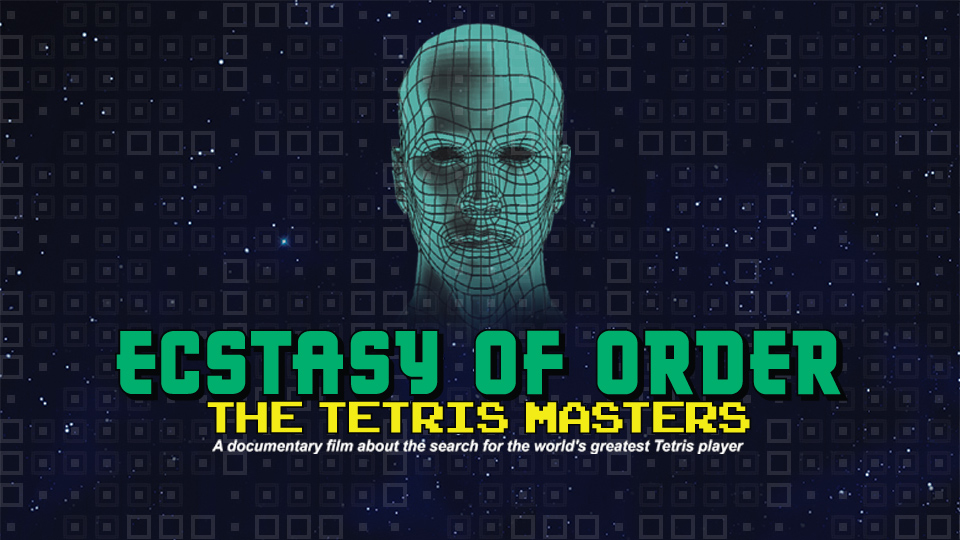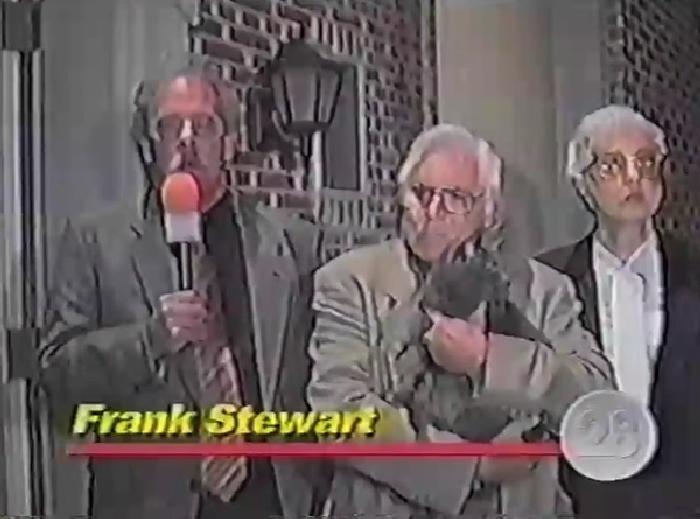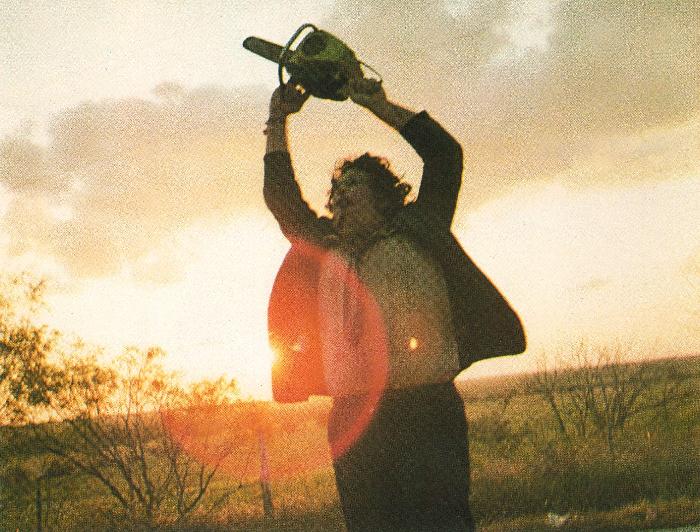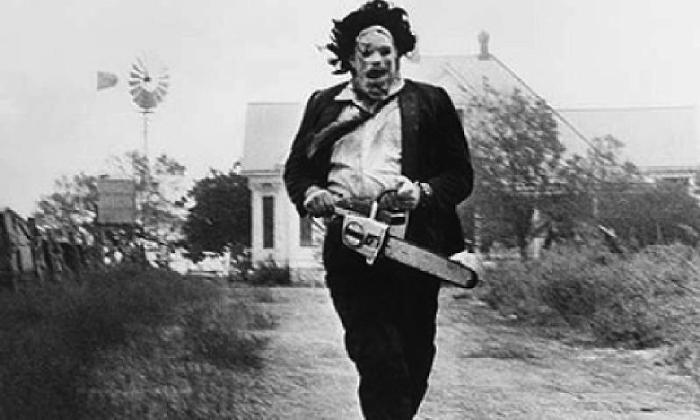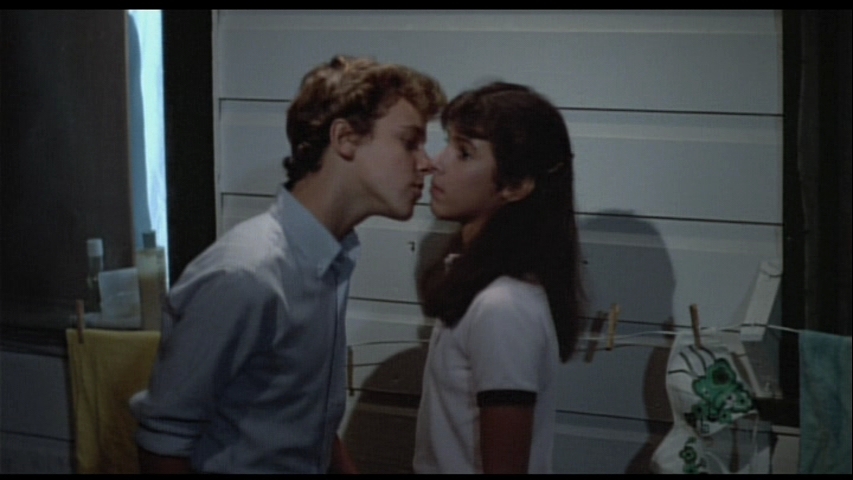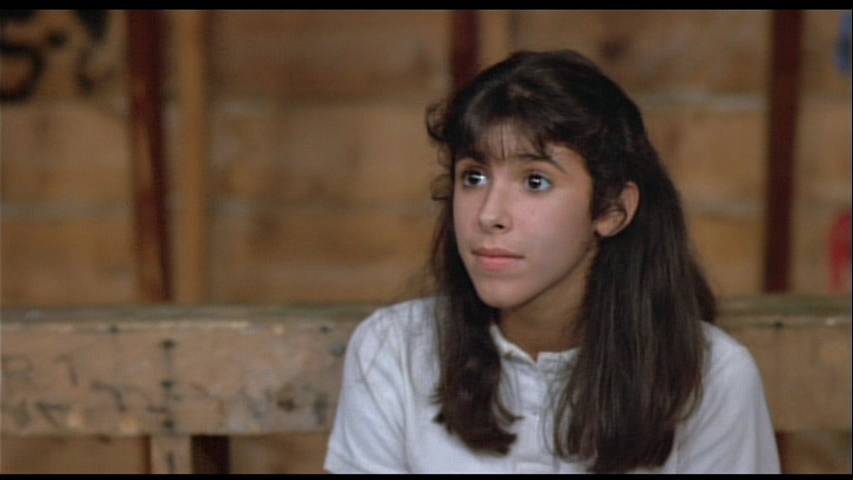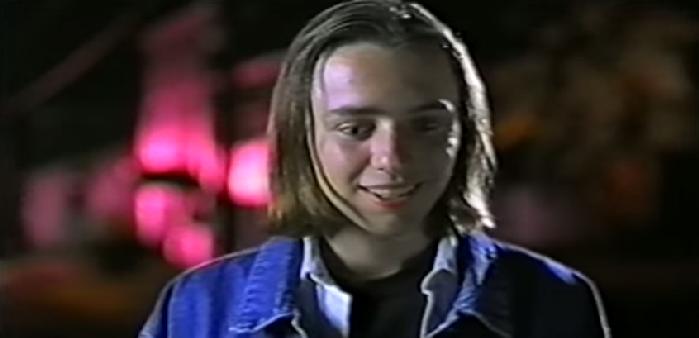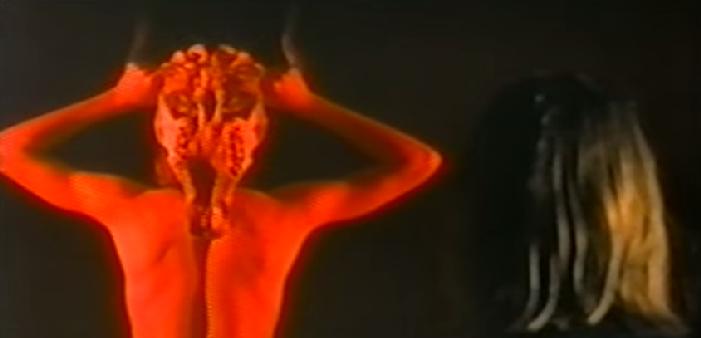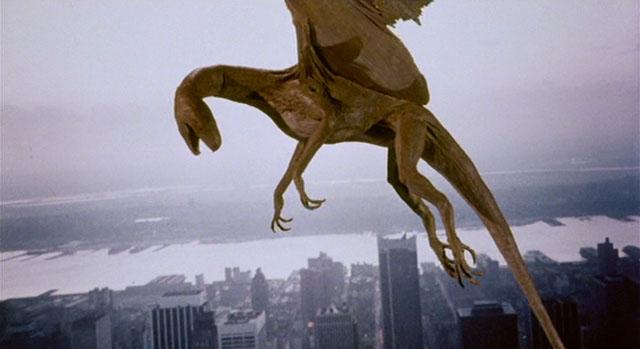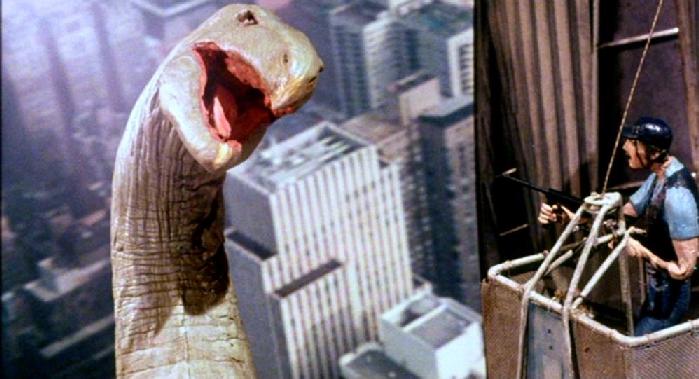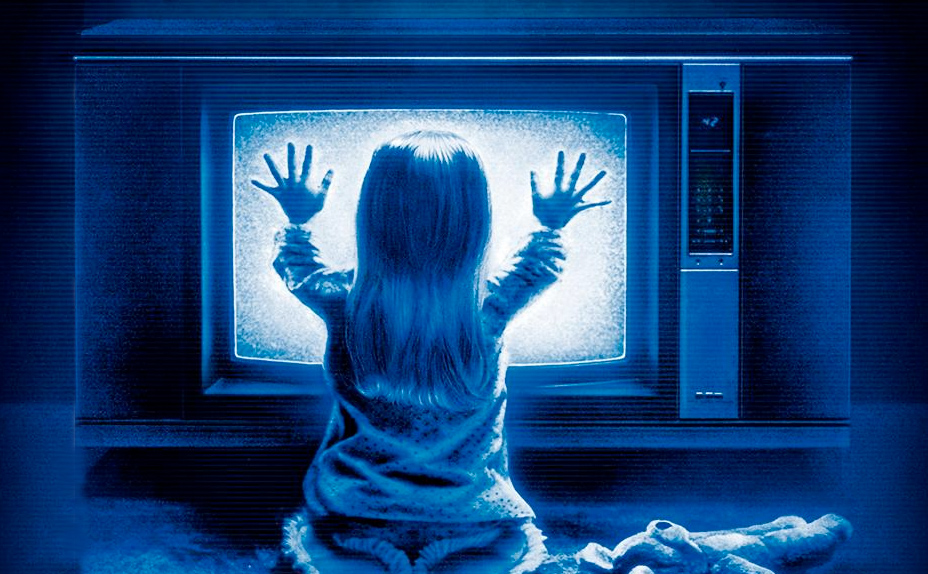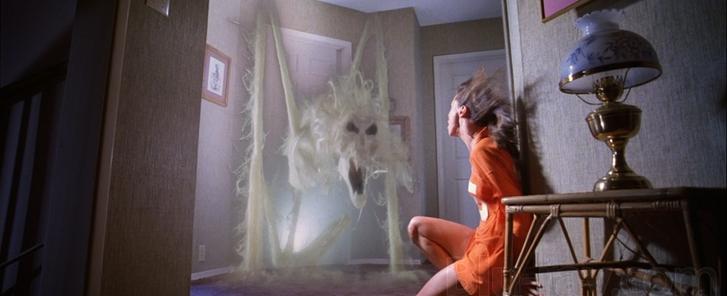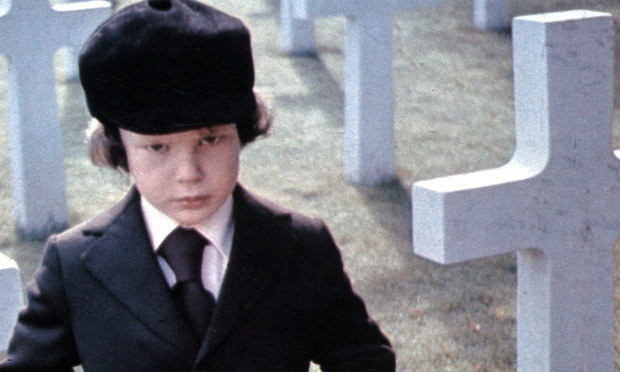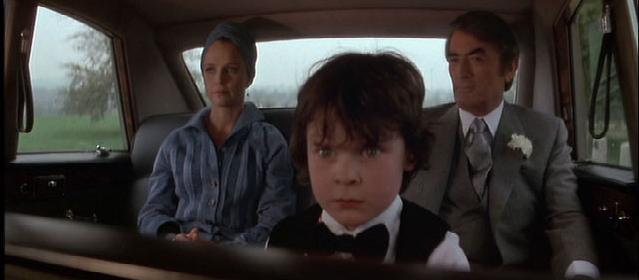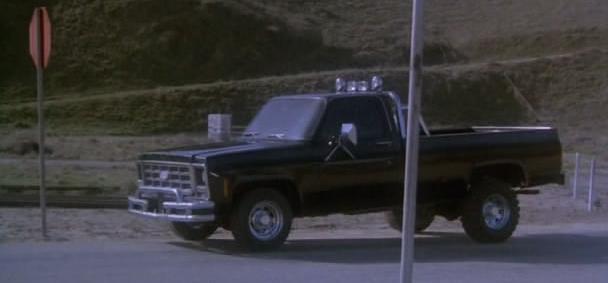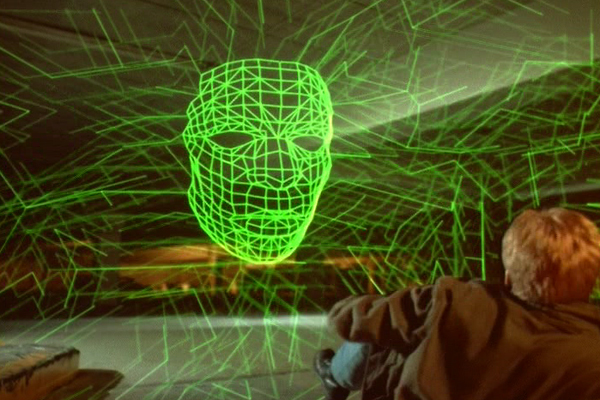I Was Geeky When Geeky Wasn’t Cool by Marc Allie (2015)
February 13th, 2015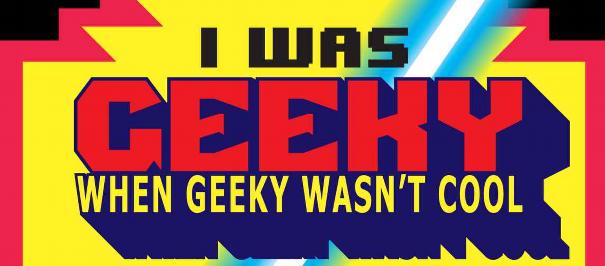
The introduction to Marc Allie’s eBook I Was Geeky When Geeky Wasn’t Cool references multiple things I can relate to. He mentions Juice Newton’s “Queen of Hearts” (I had the 45), a blue, rubber UFO from a McDonald’s Happy Meal (I own the whole set), playing Dungeons and Dragons (I still have all my old manuals) and riding around in the back of his mother’s station wagon without wearing a seat belt (I think we all did that).
In the first of Allie’s stories he shares the terror he experienced the time he thought his mother had left him behind at Sears. I can relate to that too. I’m sure all of us have a memory of “that one time” we got separated from our family, whether it was at the mall or a grocery store or out in public. That primal feeling of panic that takes over in those situations leaves a lasting impression. It happened to me when I was four years old inside a TG&Y store, almost forty years ago. I can still tell you what my mom was wearing when I finally found her.
I Was Geeky When Geeky Wasn’t Cool contains ten stories that weave nostalgia with Allie’s memories and experiences. Sometimes being terrified as a kid makes the strongest impressions on us, leaving unforgettable memories. When Allie accidentally shoves his foot into a wedding cake his mother has baked (with no time to make another one), we can all relate to the chain of feelings that came next: terror, embarrassment, and that pit in your stomach that arrives just before the punishment does.
Even if Allie’s interests aren’t universal, the themes in the stories are. In one story, one of his friends form the exclusive “DD Club,” a club where all members are required to both listen to Duran Duran and play Dungeons and Dragons. In another one, Allie recounts his typical Saturday morning cartoon schedule. Whether or not you watched the same shows as the author (Superfriends, Alvin and the Chipmunks, and Dungeons and Dragons) is irrelevant; the core of the story, of going through the TV Guide and agonizing over which Saturday morning cartoon to watch, is an experience all of us from the 80s remembers. (Unless you were one of those kids that played league sports on Saturday morning, in which case this book almost certainly is not for you.)
While some of Allie’s stories recall the good times (like wearing Batman Underoos), most of the good ones don’t. In one particularly memorable story, Allie recalls his first day of seventh grade. Throughout the story Allie awkwardly drags his saxophone case down the school bus aisle, from class to class, and eventually the lunchroom. That feeling of “I know this is stupid but I don’t know what else to do” resonated with me. It’s the spirit of a kid trying to solve a problem the best way he can. I’ve done similar things; my kids have, too.
As someone who “grew up geeky” myself, I enjoyed Allie’s book. It has the typical rough edges that we tend to see with self-published works, but there’s an awful lot of heart crammed in there for only $2.99. Today, geeks are mainstream (if you’re reading this on a computer, be sure to thank one), but in the 70s and 80s we didn’t have it quite so easy. I Was Geeky When Geeky Wasn’t Cool took me back to that era, both the good times and the bad.
Link: MarcAllie.com
Link: I Was Geeky When Geeky Wasn’t Cool (Amazon Kindle, $2.99)

